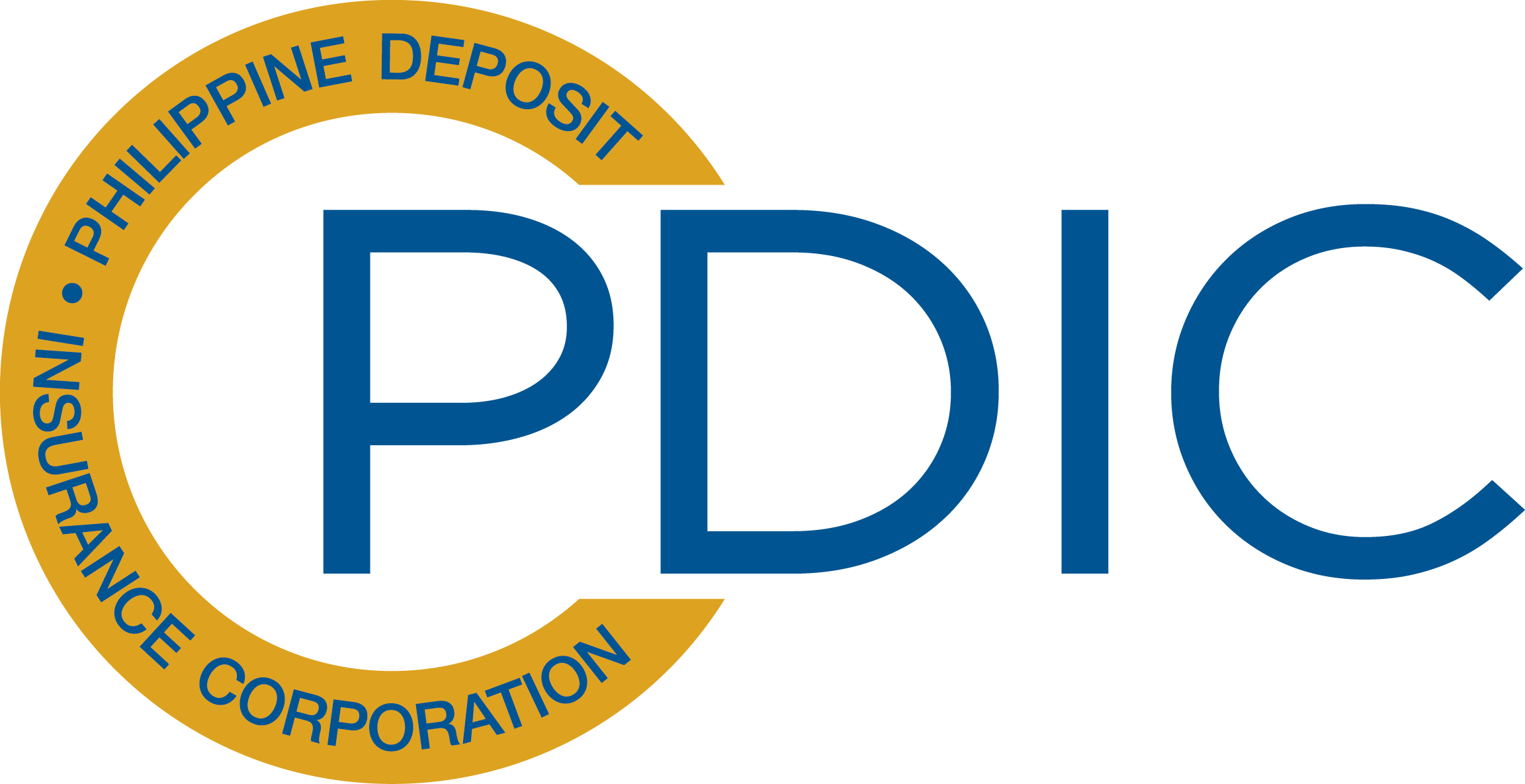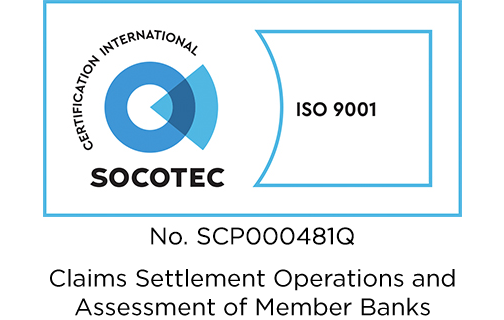| NEWS | ||||||||||||||||||||||||
| Tweet | ||||||||||||||||||||||||
Preparing for an Integrated Asean Financial Market* |
||||||||||||||||||||||||

The process of integration of a regional bloc such as the Association of Southeast Asian Countries (ASEAN), must necessarily look to an integrating financial market as one of the key benefits where the member countries can benefit from economies of scale and deeper and broader sources of capital and options for diversified investments. Thus, the Philippines must gear up for this event vigorously over the next several years. The financial market profile of ASEAN member countries The financial development of ASEAN member countries are quite varied and the range of development goes from just beginning as in the case of Myanmar to the most developed and sophisticated as in the case of Singapore. The relative size of the Philippine financial market would have us behind Singapore, Malaysia, Indonesia and Thailand in terms of size, although in terms of level of sophistication, we may still be ahead of Indonesia and at par with Thailand. The tables below show the market capitalization of the stock exchanges of the six ASEAN member countries with existing active stock exchanges compared to each other, and to the exchanges of Hong Kong, Japan and the United States and the population of the ASEAN member countries.
It should be noted that in terms of the size of the stock market per capita, the Philippines is still ahead of Indonesia which has a population of nearly 250 million compared to the estimated 98 million for the Philippines. However, the relative size of the Philippines on a per capita basis compared to Singapore, Malaysia and Thailand shows even sharper contrasts. A comparison with Singapore shows the widest contrast with Singapore having a market cap two and a half times bigger than the Philippines with a population of only 5.4 million. This also indicates that Singapore, as a financial center, handles big trading volumes for offshore issuers as well as offshore investors. In discussing financial centers, the stock market of Hong Kong comes out succinctly which has a market capitalization much bigger than that of the combined six ASEAN countries in the table. Hong Kong is not only a financial center in the East Asian region, it also functions as a financial center for China, the world's second biggest economy. Other components of the Financial Market The stock market is but one component of the financial market that we expect to be in an integrative process among ASEAN member countries. The bond market is another component of the capital market. There are also the money, deposit and foreign exchange markets. Even the paper trading of future commodity prices would be considered part of the financial markets. The varied levels of development and resource endowments of the ASEAN member countries present great challenges and opportunities for the population of the member countries and for foreign investors. The ASEAN population is a combined 623 million and growing. This represents a formidable and dynamic resource and consumer market. The financial markets of the ASEAN countries need to develop and align to support the dynamisms of the other markets to maximize the flows of capital. The Philippines with the core competencies of its population, is in a very good position to spearhead financial market development in ASEAN integration. It has a history of having the oldest stock exchange in Asia. Philippine expatriates have been actually working and introducing financial and banking products in other ASEAN countries since the seventies and the eighties. However, our banking and financial laws and institutions have to be strengthened and aligned to the standards required to be regionally and globally competitive. ____________________________ * Written by PDIC President Valentin A. Araneta for Free Enterprise and published in the Businessmirror on July 16, 2014. Mr. Araneta writes for the Free Enterprise column as a member and officer of the Financial Executives of the Philippines (Finex). Requests for his past articles may be coursed through ccd@pdic.gov.ph. |
||||||||||||||||||||||||
back |
||||||||||||||||||||||||
This website uses information-gathering tools including cookies and other similar technology. Data generated are not shared with any other party. For more information, please refer to our privacy policy.
 PDIC is a government instrumentality created in 1963
PDIC is a government instrumentality created in 1963by virtue of Republic Act 3591, as amended, to insure
the deposits of all banks. PDIC exists to protect
depositors by providing deposit insurance coverage for the depositing public and help promote financial stability. PDIC is an attached agency of the Bangko Sentral ng Pilipinas.

Questions? Need Help?
Click Frequently Asked Questions
Trunkline.: (632) 8841-4000
Hotline: (632) 8841-4141
(for Metro Manila clients)
Fax No.: (632) 8841-4085
Email: pad@pdic.gov.ph
Client outside Metro Manila may call
Toll Free: 1-800-1-888-7342 or
1-800-1-888-PDIC

.png?Thursday; April 25, 2024)

Hotline: (632) 8841-4141
(for Metro Manila clients)
Fax No.: (632) 8841-4085
Email: pad@pdic.gov.ph
Client outside Metro Manila may call
Toll Free: 1-800-1-888-7342 or
1-800-1-888-PDIC

.jpeg)
.png)


